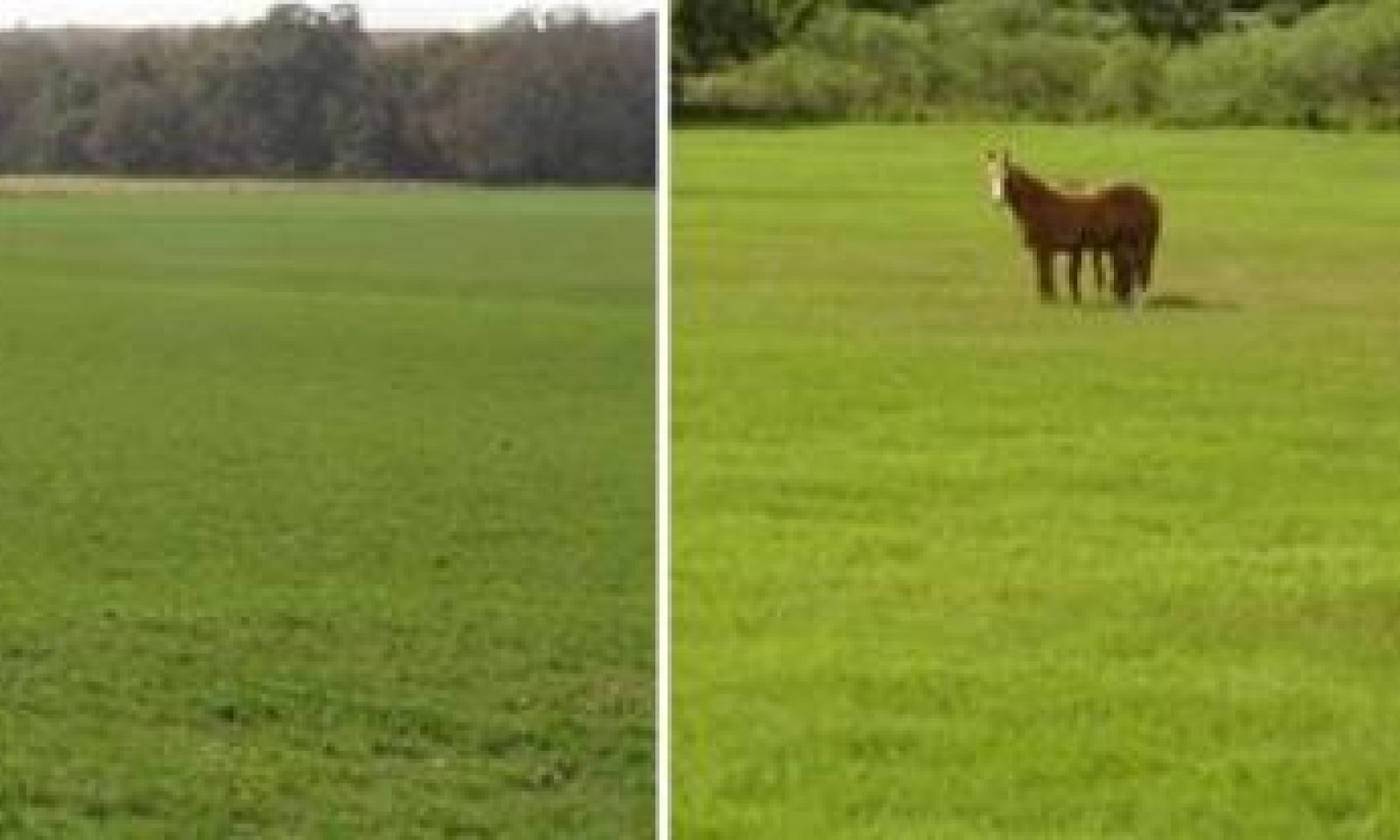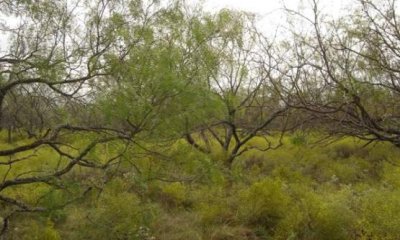
Clay Loam 26-33" PZ
Scenario model
Current ecosystem state
Select a state
Management practices/drivers
Select a transition or restoration pathway
- Transition T1A More details
- Transition T1B More details
- Restoration pathway R2A More details
- Transition T2A More details
- Transition T2B More details
- Restoration pathway R3A More details
- Transition T3A More details
-
No transition or restoration pathway between the selected states has been described
Target ecosystem state
Select a state
State 1
Tall/Midgrass Prairie State - Reference




Description
The Tall/Midgrass Prairie Community is an open prairie with a mixture of tallgrasses and midgrasses, some perennial forbs, and a few widely scattered shrubs. The grass species composition varies from the eastern side to the western side of the region. On the western side of the area where average annual precipitation is less than 30 inches, this site is primarily midgrasses and shortgrasses while the site is predominantly tallgrasses in the higher rainfall areas on the eastern side with more than 30 inches of annual precipitation. This is potentially a highly productive site with total annual production ranging from 3600 to 6200 pounds per acre.
As tallgrasses decline, midgrasses dominate the Midgrass Prairie Community (1.2). A viable population of little bluestem and other tallgrasses still persists in protected areas on the site. Early successional forbs and shortgrasses begin to increase. The canopy of shrubs and trees begins to gradually increase as mesquite, pricklypear, lotebush, and similar species encroach from adjacent areas. The two communities are maintained by natural fire and weather cycle, and normal graze/rest cycles. This site is most resilient and least resistant to change at this state.
Submodel
State 2
Short/Midgrass State





Description
Some natural ecological site processes may have been altered. Loss of tall and midgrass functional and structural plant groups and increase of woody component impart a shift, or a departure from Reference for several indicators. Continued deterioration of the Prairie State eventually results in a Short/Midgrass State dominated by shortgrasses and midgrasses such as buffalograss and curlymesquite. Western ragweed and broomweed are the dominant forbs. Mesquite, pricklypear, juniper, and greenbriar begin to increase in density or invade from adjacent sites. Tallgrasses species and many of the more desired midgrass species are almost completely eliminated from the site, but remnant populations and widely scattered individual plants remain in protected areas. These grasses are often unnoticed because they are grazed very short, are in low vigor, and are not prominent on the site. Annual production ranges from 1500 to 2600 pounds per acre.
Submodel
Description
Numerous natural ecological site processes have been altered. Site is dominated by the woody component. Soil site stability, biotic integrity and the hydrologic function should be evaluated. Loss of tall and midgrass functional and structural plant groups and increase of woody component impart a shift, or a departure from Reference for several indicators. The Shrubland State is composed of brush species such as mesquite, lotebush, pricklypear, and tasajillo which become well established eventually developing a canopy of more than 25% on the site. Annual forbs and grasses as well as early successional grasses and forbs dominate the herbaceous vegetation.
Submodel
State 4
Converted Land State



Description
Hundreds of thousands of acres have been plowed up and converted to cropland, pastureland, or hayland. This community is known as the Converted Land Community. Wheat is the primary annual crop. Bermudagrass is the primary introduced pasture species used in this area.
Abandoned croplands and reseeded areas tend to revert back to a more natural state through the process of secondary succession. This is a very slow process that takes decades or centuries to evolve, dependent on the status of the area at the time it is abandoned. The first plants to establish are “pioneer plants” (annual forbs and grasses followed by early successional shortgrasses and midgrasses). This community is known as the Abandoned Land Community.
Submodel
Mechanism
Functional and Structural plant changes and an increase of bare ground, reduced production, litter accumulation and infiltration. Increased erosion potential. Nutrient cycle disrupted. Triggers: Functions of miss-managed grazing and/or drought, plus an interruption of natural fire interval. Triggered by natural events, management actions or both. State can transition into the Short/Midgrass Prairie State.
Mechanism
The Tall/Midgrass Prairie State can transition into the Converted Land State with land conversion through Seedbed Preparation, and Range , Pasture, Tree or Crop PlantingWith Seedbed Preparation, Range Planting, Pasture Planting, Crop Cultivation and Orchards.
Mechanism
Management and restoration practices must decrease mesquite, pear, and juniper cover with limited surface disturbance. Restoration activities such as rest/rotation programs, and Prescribed Burning can improve herbaceous production and allow for litter accumulation to improve organic matter inputs to stabilize soil surface. The Short/Midgrass State can be restored to the Tall/Midgrass Prairie State.
Relevant conservation practices
| Practice | External resources |
|---|---|
|
Brush Management |
|
|
Prescribed Burning |
|
|
Prescribed Grazing |
|
|
Range Planting |
Mechanism
Complete loss of several Functional and Structural plant groups leads to an increase of bare ground, reduced production, litter accumulation and infiltration. Increased erosion potential. Nutrient cycle disrupted. Triggers: Functions of long-term miss-managed grazing and/or drought, plus an interruption of natural fire interval. State will shift to the Shrubland State.
Mechanism
Land conversion through Seedbed Preparation, and Range , Pasture, Tree or Crop Planting. The Short/Midgrass State can transition into the Converted Land State.
Mechanism
Management and restoration practices must decrease woody and/or pear cover . Natural seed source for mid/tall grasses may be lost. Seedbed Preparation, and Range Planting may be necessary. Restoration activities such as rest/rotation programs, and brush management are required to restore site productivity. The Shrubland State can be restored to the Short/Midgrass State.
Relevant conservation practices
| Practice | External resources |
|---|---|
|
Brush Management |
|
|
Prescribed Burning |
|
|
Prescribed Grazing |
|
|
Range Planting |
Model keys
Briefcase
Add ecological sites and Major Land Resource Areas to your briefcase by clicking on the briefcase (![]() ) icon wherever it occurs. Drag and drop items to reorder. Cookies are used to store briefcase items between browsing sessions. Because of this, the number of items that can be added to your briefcase is limited, and briefcase items added on one device and browser cannot be accessed from another device or browser. Users who do not wish to place cookies on their devices should not use the briefcase tool. Briefcase cookies serve no other purpose than described here and are deleted whenever browsing history is cleared.
) icon wherever it occurs. Drag and drop items to reorder. Cookies are used to store briefcase items between browsing sessions. Because of this, the number of items that can be added to your briefcase is limited, and briefcase items added on one device and browser cannot be accessed from another device or browser. Users who do not wish to place cookies on their devices should not use the briefcase tool. Briefcase cookies serve no other purpose than described here and are deleted whenever browsing history is cleared.
Ecological sites
Major Land Resource Areas
The Ecosystem Dynamics Interpretive Tool is an information system framework developed by the USDA-ARS Jornada Experimental Range, USDA Natural Resources Conservation Service, and New Mexico State University.






